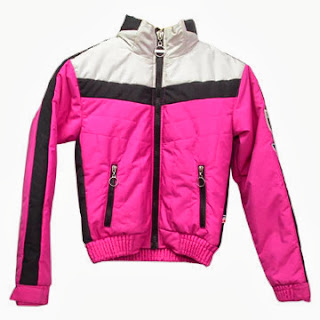There are limited properties of plants, due to money and lands to grow.
Nettle feels like linen and they grow in T-bet.
Jute similar to polyester.
Ramie
Linen
=> Bass fibre is grown on polluted land to clean the land
Hemp (Toxic & Drugs) 1960s- 1970s
-can be recycled
-able to resist UV
-thermal properties and durability
-can be woven and knitted
Leave supply
-Agave
-Pineapple
-Banana
they are strong to be flooring
-flute is soft enough for clothing
Bark
-eco-friendly
-suitable for accessories but not clothing
Seed- hair fibre
-absorben
-light and silky
-for insulation and fibre filling
Coir = coconut
- hard for flooring
Peat fibre
-from organic plants
-UV resistance
-antistatic with antiseptic properties
-warm woollen felted
for blanket, woven, knitted
Alginate = brown seaweed
-healing and anti-bectiria
-dissolvable in warm water for underwear
-benefit to skin
-anti-inflammatory medical
-hasten blood clothing
Metal
-Aluminium, copper, steel
-create shape memory, predetermined shape and react with heat
-conductive
-against electromagnetic radiation
-detectable by radar and heat seeking
Paper
-renewable resources of pine trees, cotton, rice, abaca, banana plant
-not a strong fibre
-degradable
-recycle
Latex
-from rubber tree
produce latex for 40 years
-for starch garment
-skin sensitivity
-waterproof
Man-made Synthetics
-Polyethylene, PVC, Polypropylene, polyurethane
-not renewable
-high strength
-weep away bacteria and sweat
for industrial, medical, sports
Bio fibres
-no waste or useful waste
Dextrose
-acceptable life cycle
Stach
-plant material
-maize, potatoes, sugar beet
Spider silk
-for medical world
-investigated via genetic modification in goats and silk worms
-stronger
Hack fish
Milk
-waste milk
-profitable
-bio product
-skin friendly
-absorbent and blend well with other fibre
Honeybee silk (CSIRO)
-silky
-finer than human hair
-skin friendly
-biodegradable
-dissolvable wound dressing
->sense and response the wound
Growing fabric (Suzanne Lee)
-Bio couture
-exploiting chemical or plants as a raw material
-grow in 3D
-can be print
Feovative (Jae Phim Lee)
-growing 3D packaging material
-mushroom spores
-enhance decomposition
-can remove toxic
Carbon fibre
90% carbon obtained by controlled decomposition
-facilities conduct with heat and power
High tech fibres
-finess and flexibility of fibre optic yarns
-can be woven and knitted
-response to human need
Drivers of Innovation
-Sustainability
-better use raw materials
-recyclability and regeneration
-Speed and Efficiency
-quick response
-reduction of overheads and costs
-decrease transport fee
Customisation & Individuality
-new ways of manufacturing
-variety of functions
Political Change
-trade agreement and embargoes
Fabrican (sprayed fabric)
-liquid suspension
-by gun or aerosol
-> non-woven garment
-can repair the product
-add sleeves and decoration
-add functionality
Rapid Prototyping (3D print)
-UV beams to fuse layers
-recycle and process with no waste
-decrease the time
-no threads
-no fabric
3D spacer fabric
-kitted or woven
->preform fabric
-trap air like honeycomb affect
for Shoes and Jewellery
Over size
-create interesting and creative products
Micro-sized stitch
-nano-knitting
-medical tissue engineering
-blood vessel
Biomimetics
-replicates the surface of shark skin
-self cleaning
-waterproof
velco, stomatex
-leaf's natural ability to transpire and keep dry
-response external elements, temperature, weather
Gecko
-functional
-stick effect
Body scanning
-automatic body measurement
-increase satisfaction of customers
Moulded fabric
-heat
->non-woven fibres, 3D wearable sculpture
2D-> 3D
Precious waste
-chemical or energy greedy
-avoid using virgin resources but decrease in quality
-low tech methods
-old fashioned spinning wheel
Zero waste cutting
-like jigsaw puzzle
-won't leaving and scraps of waste
-challenging approach
-15% wastage of fabric
Laser and waste Jet cutting
-Laser seals the edges of most textile
-recycle polyester
-use laser cutter to decorate
-water jet cutting
-sensitive to high temperature
Magnetism
-change structure of fabric
-creating pattern
eg Jenny Leavy, Linda Florance




















































